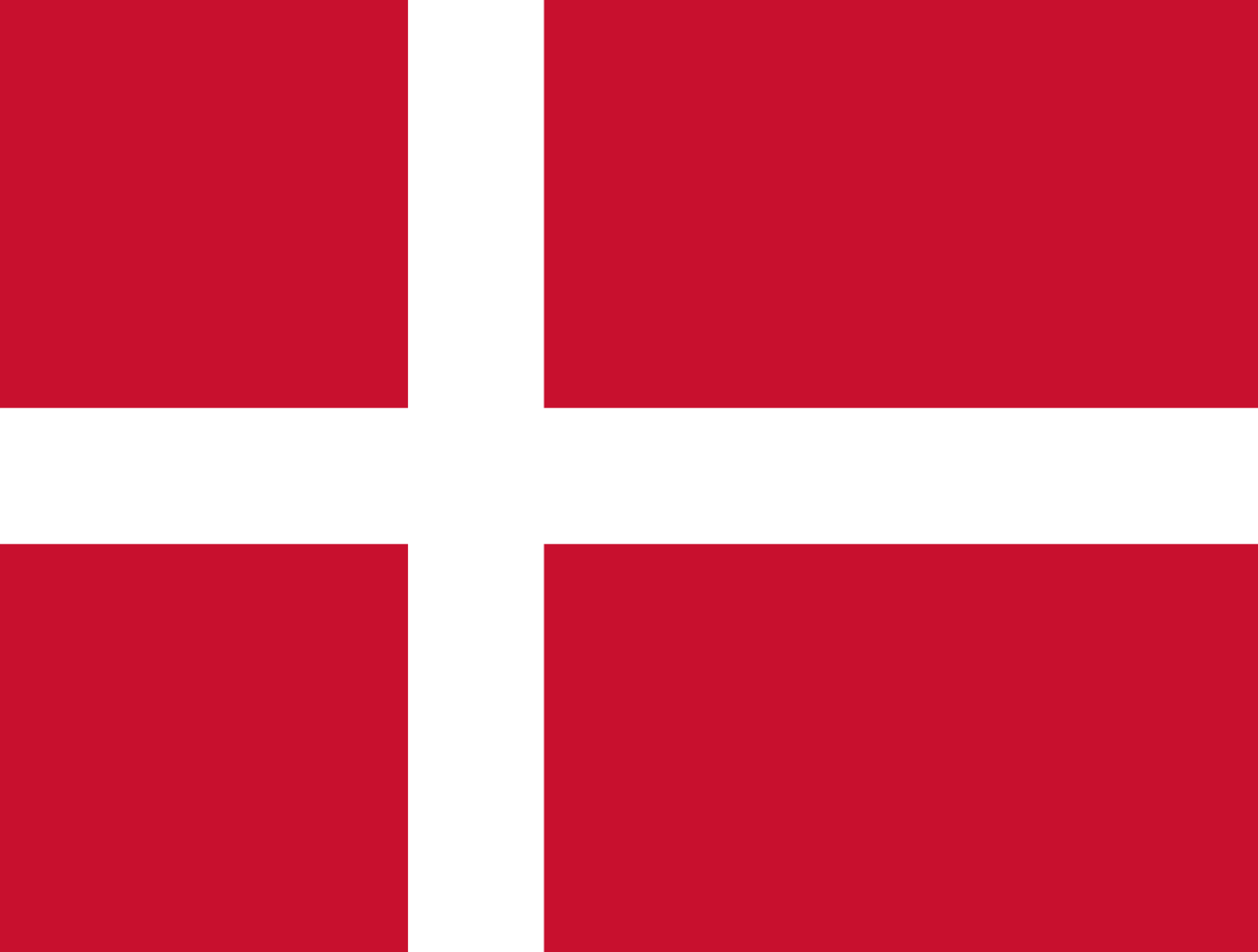La bandera de Chipre presenta un fondo blanco con una silueta de color cobre de la isla en su centro, debajo de la cual se encuentran dos ramas de olivo cruzadas. Este diseño único encapsula la historia, geografía y aspiraciones de paz de la isla, lo que la convierte en una de las banderas nacionales más distintivas del mundo.
Información de Chipre
| Día de la bandera nacional | — |
| Estado soberano | Sí |
| Nombre oficial | República de Chipre |
| Capital | Nicosia |
| Población | 1,215,780 |
| Área | 9,251 km² |
| Moneda | Euro (EUR) |
| Idioma | Griego, Turco |
| Continente | Asia |
| Región | Medio Oriente |
| Subregión | Asia Occidental |
| Fronteras | Akrotiri y Dhekelia (Reino Unido) |
| Zona horaria | Hora estándar de Europa Oriental (EET) UTC+2 |
| Código de llamada | +357 |
| Dominio de nivel superior | .cy |
Historia de la bandera de Chipre
 La actual bandera de Chipre fue adoptada el 16 de agosto de 1960, cuando la isla obtuvo su independencia del dominio británico. El diseño fue el resultado de un concurso organizado para crear una nueva bandera para la nación recién independiente. El diseño ganador, creado por İsmet Güney, un profesor de arte turco-chipriota, fue elegido por su simbolismo neutral y unificador.
La actual bandera de Chipre fue adoptada el 16 de agosto de 1960, cuando la isla obtuvo su independencia del dominio británico. El diseño fue el resultado de un concurso organizado para crear una nueva bandera para la nación recién independiente. El diseño ganador, creado por İsmet Güney, un profesor de arte turco-chipriota, fue elegido por su simbolismo neutral y unificador.
Antes de la independencia, Chipre utilizaba el "British Blue Ensign" con un distintivo que representaba dos leones, un legado de su estatus como colonia británica. La adopción de la nueva bandera marcó una ruptura significativa con el dominio colonial y el comienzo de Chipre como un estado soberano.
Simbolismo y diseño de la bandera de Chipre
Cada elemento de la bandera de Chipre lleva un profundo significado simbólico:
- El fondo blanco representa la paz, reflejando la esperanza de armonía entre las comunidades greco-chipriota y turco-chipriota.
- La silueta de color cobre de la isla simboliza Chipre en sí misma, conocida en la antigüedad como Kúpros, que significa cobre en griego, debido a sus ricos depósitos de cobre.
- Las dos ramas de olivo debajo de la isla representan la paz y la reconciliación entre las dos principales comunidades de la isla.
- El diseño general de la bandera, sin símbolos religiosos ni étnicos, fue elegido para promover la unidad y evitar favorecer a cualquier grupo en particular de la isla.
Uso y significado de la bandera de Chipre
 La bandera de Chipre es un símbolo poderoso de identidad nacional y soberanía. Se iza en los edificios gubernamentales, escuelas e instituciones públicas en toda la isla. Durante los días festivos nacionales, como el Día de la Independencia el 1 de octubre, la bandera se exhibe prominentemente en celebraciones y desfiles.
La bandera de Chipre es un símbolo poderoso de identidad nacional y soberanía. Se iza en los edificios gubernamentales, escuelas e instituciones públicas en toda la isla. Durante los días festivos nacionales, como el Día de la Independencia el 1 de octubre, la bandera se exhibe prominentemente en celebraciones y desfiles.
En contextos internacionales, la bandera representa a Chipre en eventos diplomáticos, reuniones de las Naciones Unidas y competiciones deportivas globales. Sirve como un recordatorio visual de la posición única de Chipre como una nación insular en el este del Mediterráneo, que conecta Europa con el Medio Oriente.
Datos interesantes sobre la bandera de Chipre
- Chipre es uno de los pocos países en el mundo que presenta un mapa de su territorio en su bandera nacional, junto con Kosovo y la Antártida.
- El diseño de la bandera fue creado intencionadamente para ser neutral e inclusivo, evitando símbolos asociados con las comunidades griega o turca en la isla.
- El color cobre utilizado en la bandera es un guiño a la historia antigua de Chipre como una fuente principal de cobre en la región mediterránea.
- A pesar de la división de la isla en 1974, la bandera sigue representando toda la isla de Chipre en los foros internacionales.
- El diseñador de la bandera, İsmet Güney, fue homenajeado con su retrato apareciendo en un sello postal de Chipre en 2010, conmemorando los 50 años de la República de Chipre.





